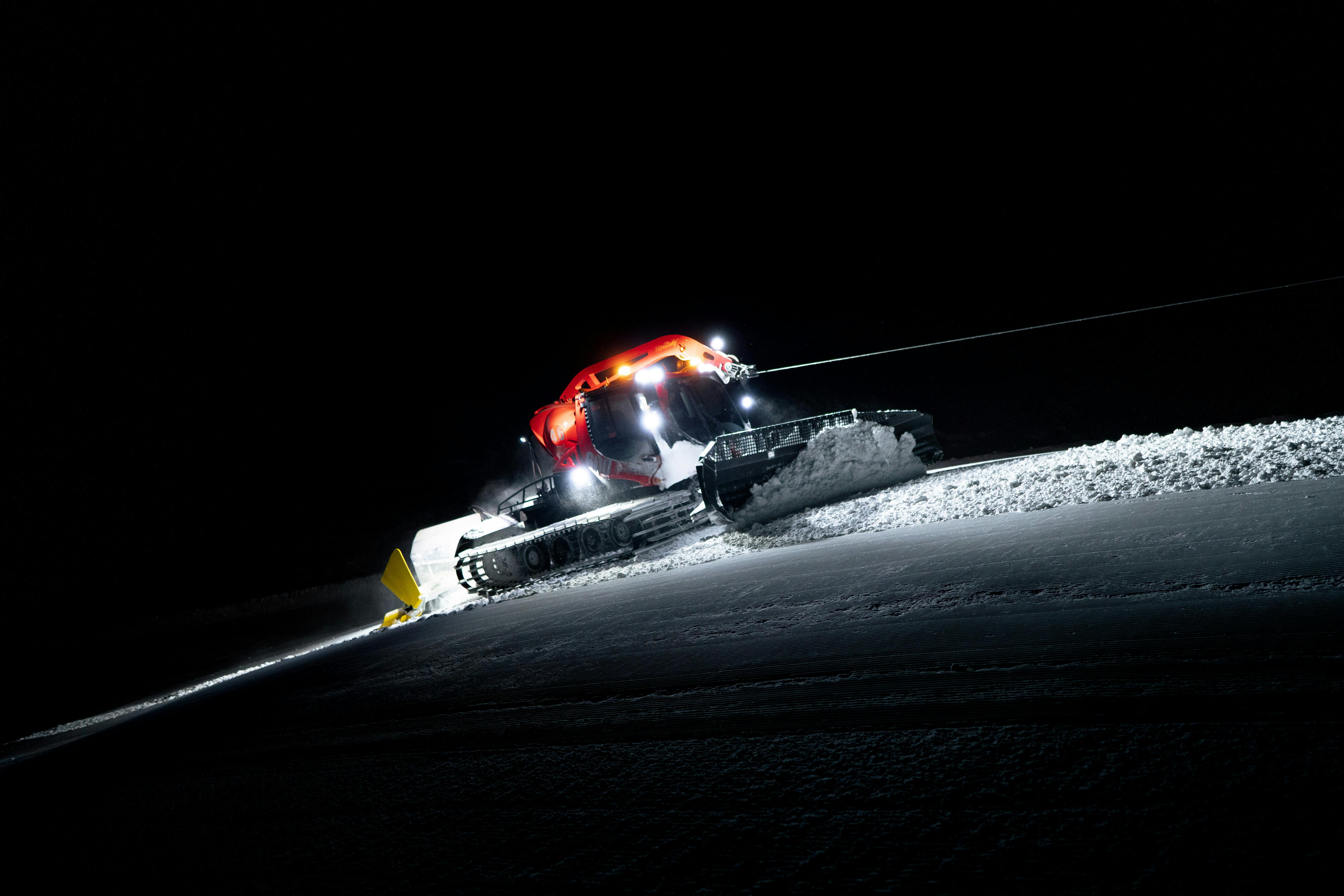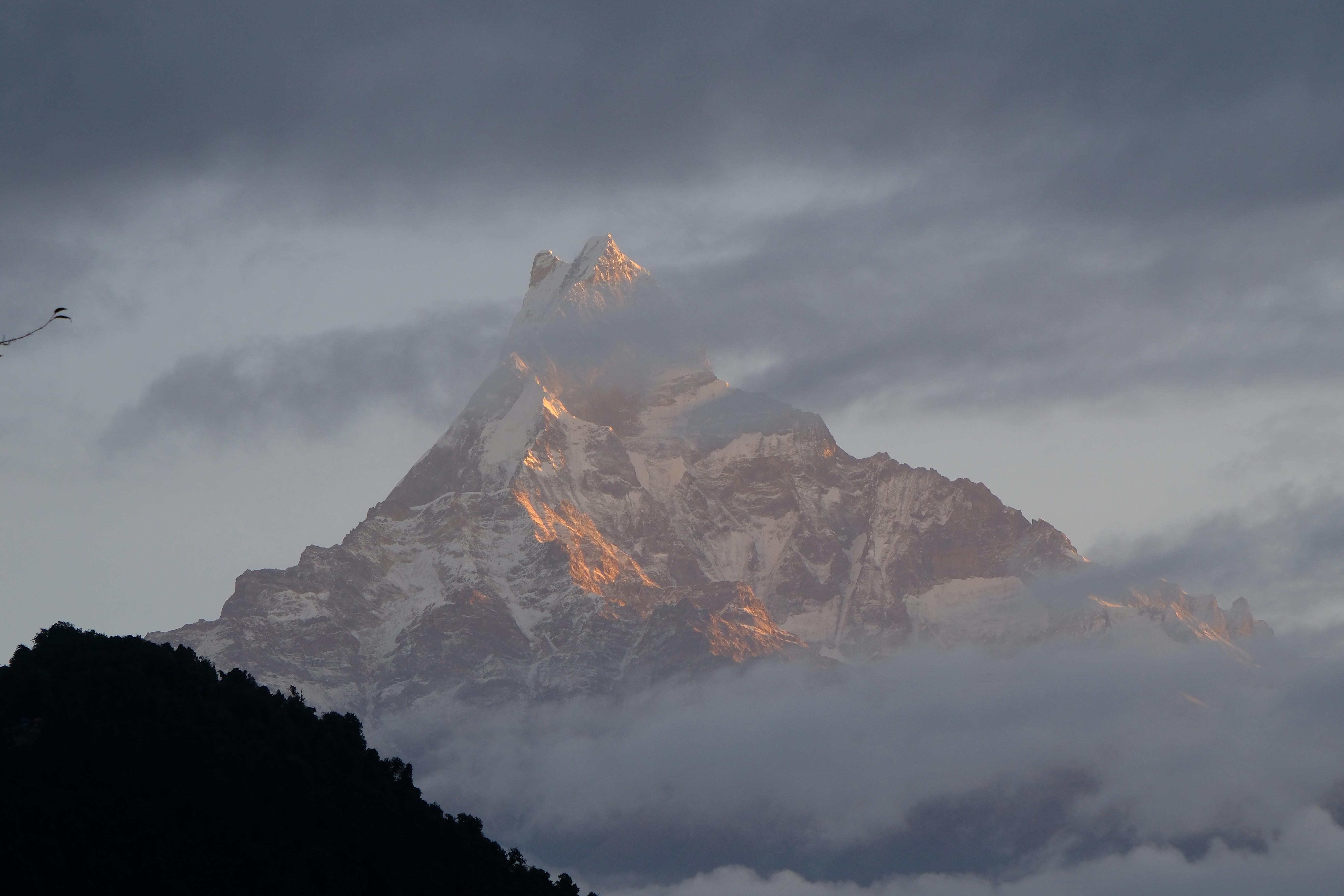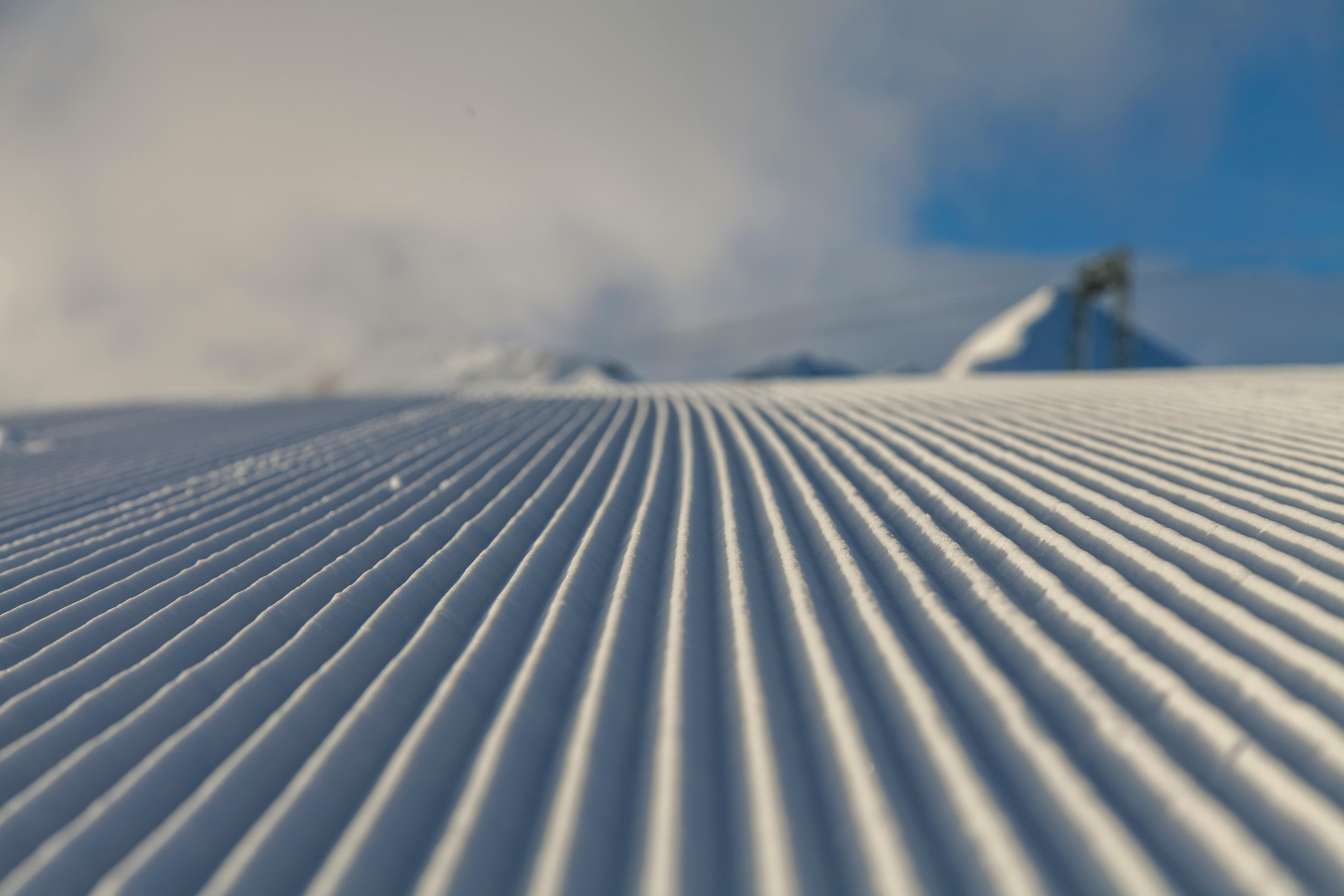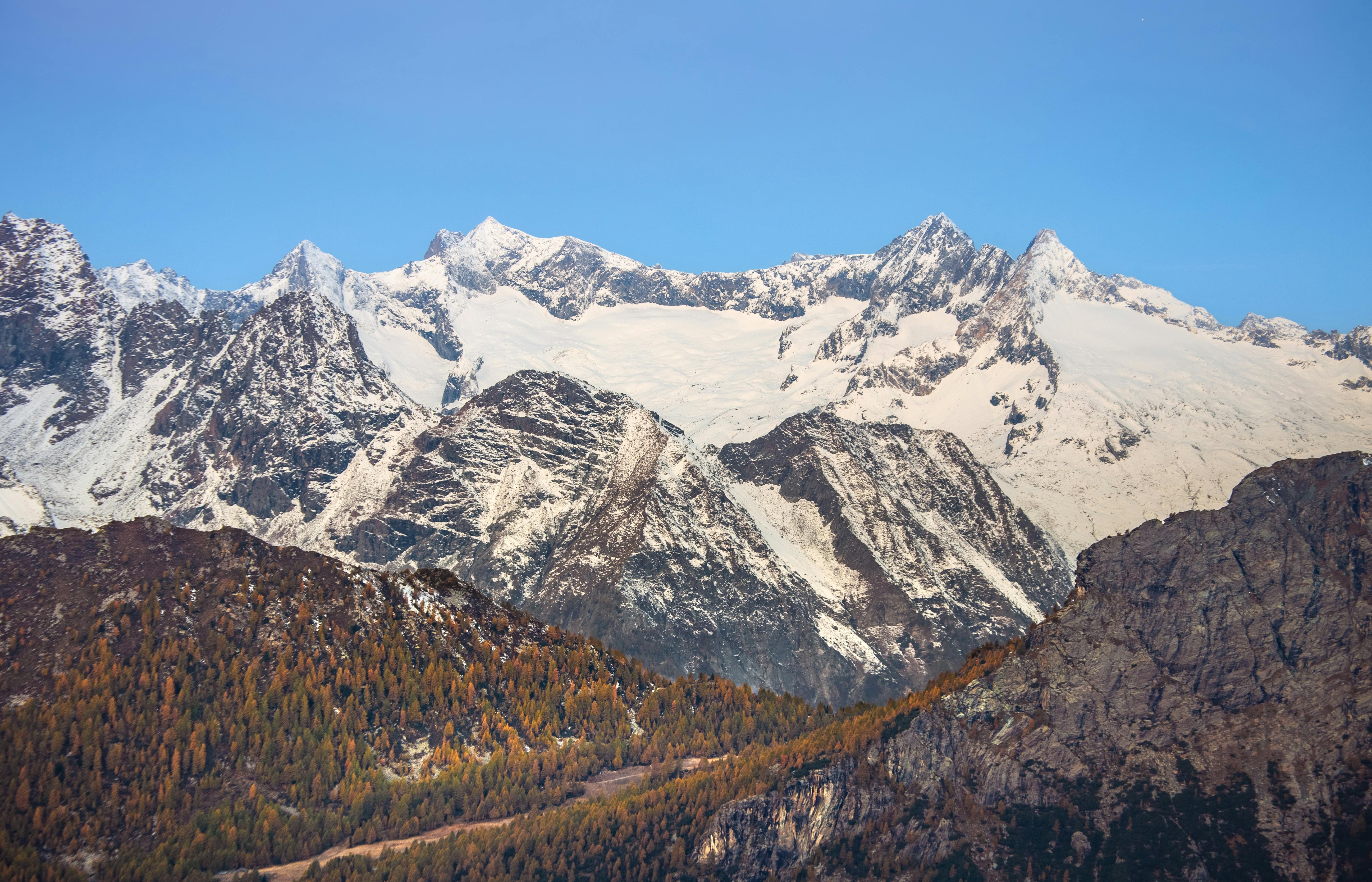5 Reasons Skiing Might Be Safer Than Snowboarding: Insights from Life on the Slopes
There I was on my first ski slope at university—a frozen wonderland stretched before me, sparkling under the winter sun. My skis felt foreign and slightly intimidating, yet exhilarating all at once. That first guided run led to years of connection with this incredible sport, culminating in a lifetime advocating for safety, joy, and innovation in skiing, especially after joining Overo Glasses. But during these years, an age-old debate has constantly worked its way into conversations at après-ski gatherings: Is skiing safer than snowboarding?
Having spent countless hours teaching skiers and observing snowboarders, I’ve thought deeply about this question. With the right perspective and tools (like my game-changing prescription ski goggles from Overo Glasses!), I believe skiing can offer a slightly safer edge—especially for those just starting out. Let me share five essential factors to consider, drawn from personal experience and tips honed over years navigating snowy mountains.
1. The Learning Curve: Skiing Encourages Balance From the Start
I’ll never forget my first day as a ski instructor. A nervous group gathered around me, staring at their skis like they were some kind of alien landing gear. It was my job to ease their fears—and to encourage them to take their first glide. Surprisingly, skiing’s mechanics lend themselves rather naturally to beginners. With skis, you have two points of contact, allowing for better balance (and reducing the frequency of falls).
Snowboarding, on the other hand, can feel like stepping onto a slick, uncontrollable magic carpet. Beginners tend to fall—often spectacularly—time and again as they get used to shifting their entire body weight on a single board. While this can be thrilling (and hilariously funny when you’re with friends), it does mean higher chances of wrist sprains or bruises during those first few attempts.
In contrast, when teaching skiing, I’ve often noticed beginner skiers gain confidence a bit quicker as the motion engages their natural walking instincts. Watching a nervous student conquer their first beginner slope without a single tumble feels like pure magic every time. And because skiing inherently rewards balance, it becomes easier to reduce injury risks early on.

2. Gear That Protects and Enhances: The Overo Glasses Advantage
One word: clarity. Whether you’re skiing or snowboarding, safety begins with clear vision. I’ll never forget leading a group down a twisty forest trail in low light. A learner panicked, unable to see well in their outdated eyewear—but not for long. I outfitted them with Overo Prescription Ski Goggles, and the difference was like night and day. Instantly, their depth perception improved, their confidence soared, and they smoothly descended the run with newfound ease.
The risk factor for blurry vision shouldn’t be underestimated. Skiers are often moving faster than snowboarders, utilizing their poles for momentum and direction. Foggy or misplaced glasses beneath goggles can disrupt reaction times and increase potential hazards. Overo’s eyewear eliminates that worry—our custom prescription inserts provide optimal, fog-free vision even in an all-day blizzard. Trust me, nothing beats zooming downhill with perfect clarity! This applies whether you're a skier or snowboarder, but the snug fit and all-weather resilience tend to benefit skiers, who need fast reaction times in moguls or tree runs.

3. Terrain Challenges: The Subtle Advantage of Skis
Skiing’s ability to navigate diverse terrains has always fascinated me. I remember the first time I ventured off-piste with a close friend who was a snowboarder. We hit sections with flat stretches and steep gradients, and I had an easier time navigating the flats while she struggled to keep moving forward. Snowboarders, with their fixed-foot binding, sometimes find it harder to gain momentum on flatter sections.
This limitation extends to safety. Imagine facing rapidly changing conditions, where stopping or redirecting your momentum becomes a matter of urgency. Skis, by design, allow you to adapt quicker compared to a snowboard, where unstrapping your foot to push yourself can sometimes be necessary—and risky.
Many skiers rely on techniques like the wedge or quick turns to slow down instantly on tricky terrains. These methods are intuitive and reduce impact risks if executed correctly, especially for beginners still finding their rhythm.

4. Natural Injury Patterns: Prevention Is Key
When I first competed in an alpine skiing event at university, instructors drilled injury prevention basics into us: practice proper form, avoid excessive strain, and always listen to your body. Skiing comes with its own risks, like ACL injuries or knee strains during sharp turns, but they’re often injury types you can proactively guard against with good technique and training.
In comparison, snowboarders face unique dangers such as wrist fractures, especially in beginners who instinctively use their hands to break falls. Over the years, I’ve taught nervous novice snowboarders to tuck and roll instead of catching themselves with outstretched arms—a lesson that feels more challenging than encouraging someone in skiing to slightly adjust their body alignment for better turns.
Ultimately, neither skiing nor snowboarding is inherently “safe,” but the two sports lead to different types of injuries depending on skill level and situations. However, from my perspective, skiing’s motion tends to feel more controlled, which can sometimes offset mistakes or bad judgment.

5. Gear Innovation Is Bridging the Gap
Now, here’s my favorite part to talk about: gear! Remember that snowstorm I braved with my friends atop a summit? None of us could afford fogged-up lenses or visual obstructions. That experience taught me the sheer importance of good technology in high-pressure conditions.
Enter Overo Prescription Ski Goggles—a lifesaver I wished I’d had back then. Boasting military-grade anti-fog coating and eco-friendly designs, these goggles banish the old frustrations so many of us faced wearing traditional glasses under eye-confining frames. The inserts fit securely beneath even the toughest challenges on black diamond trails, ensuring sharp sight and zero sliding around.
Gear like Overo’s innovation doesn’t just improve comfort—it actively improves safety by eliminating common risks like fogged lenses limiting vision or uncomfortable goggles distracting wearers. I’ve seen students who dreaded skiing after prior bad experiences rekindle their excitement simply because the stressors—blurry sights, discomfort—were removed.

The Verdict: Personal Safety Always Comes First
So, is skiing safer than snowboarding? For me, the answer is often yes, especially for beginners—but the truth is, how you approach either sport matters more than the sport itself. Taking lessons from experts, wearing appropriate gear (seriously, Overo Prescription Ski Goggles are a must!), and respecting the mountain can dramatically reduce risks in either sport. Both skiing and snowboarding offer unforgettable adventures that enrich your soul and ignite your adrenaline.
As someone who’s spent endless joyful hours coaxing students past their fears and perfecting her own safety routines, I can confidently say that skiing offers the tools and adaptability that make it slightly safer overall. But whether you favor skis or a board, the goal is the same: carve your own path, protect yourself, and revel in every exhilarating moment beneath snow-dusted skies.
Frequently Asked Questions
Is skiing really safer than snowboarding?
While neither sport is inherently "safe," skiing tends to involve less frequent falls for beginners and allows for better balance due to having two points of contact with the ground. However, safety largely depends on skill, proper gear, and training.
What are the most common injuries in skiing and snowboarding?
Skiing often involves knee injuries like ACL strains, while snowboarding beginners are more prone to wrist fractures or bruises since they instinctively put their hands out to break a fall. Proper technique can reduce these risks.
Why are Overo Prescription Ski Goggles recommended?
Overo Prescription Ski Goggles improve safety by optimizing vision with fog-free, custom-fit lenses that prevent distraction and improve depth perception in all weather conditions, benefitting both skiers and snowboarders.
Which activity is better for beginners: skiing or snowboarding?
Skiing is often considered better for beginners because its mechanics align more naturally with walking motions, leading to faster learning and fewer falls in the initial stages. Snowboarding can take longer to master due to the balance required on a single board.
What gear is essential for ski and snowboard safety?
Aside from skis or a snowboard, essential safety gear includes helmets, proper boots, and high-quality goggles like the Overo Prescription Ski Goggles, which ensure clear vision and reduce potential hazards caused by fog or poor depth perception.



Share:
7 Ways a Sports-Specific Training Program Can Turn You into a Slope-Shredding Pro
3 Iconic Ski-Only Resorts and How to Conquer the Slopes With Unparalleled Vision